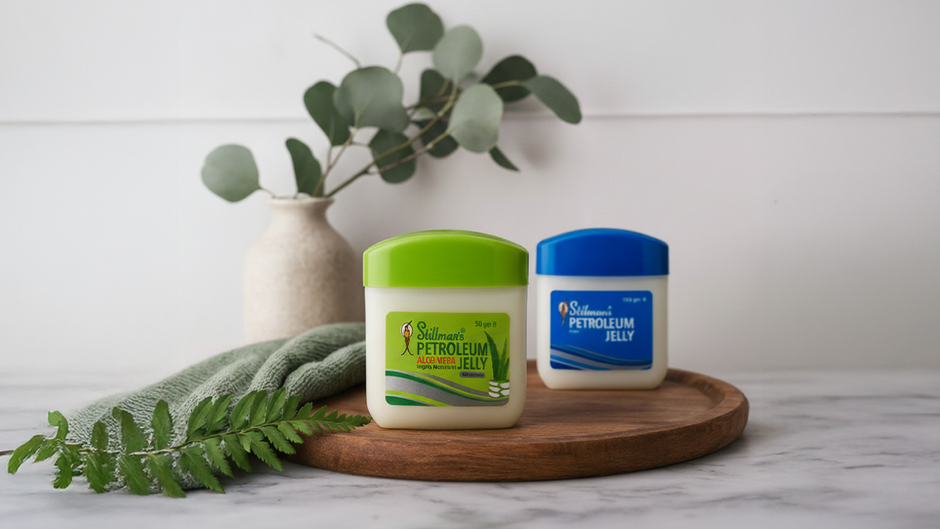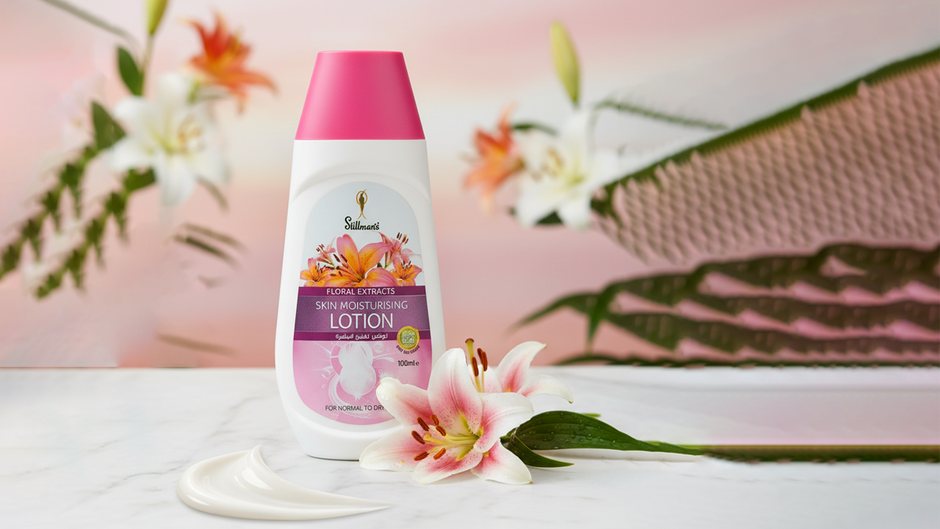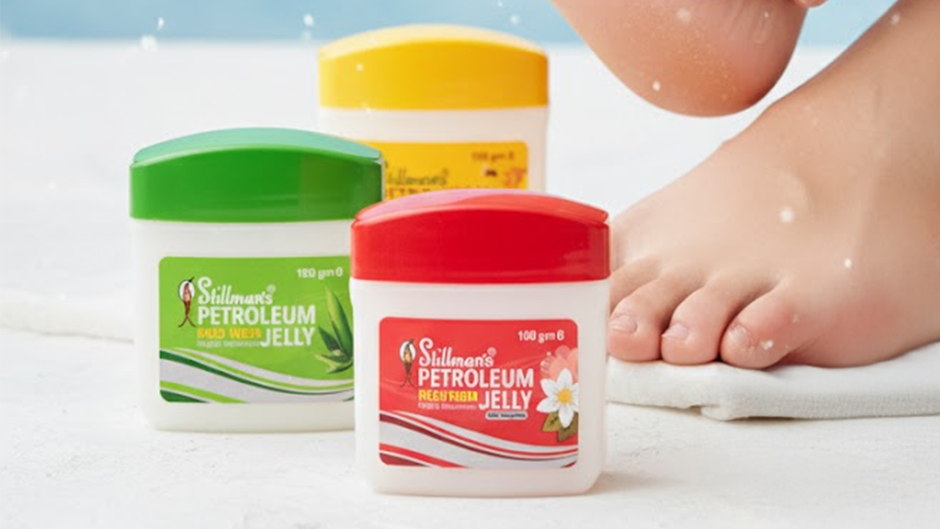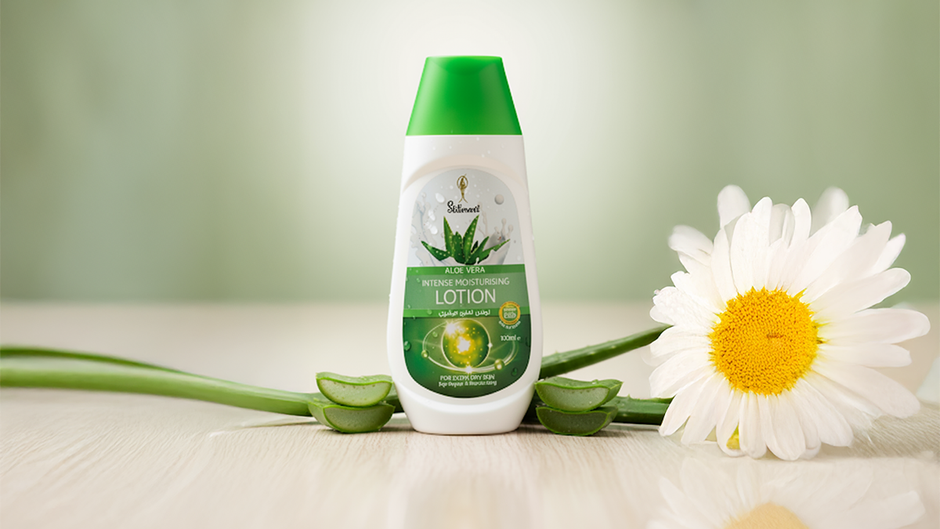Winter can be cozy, but your heels might disagree. Cold winds, low humidity, and dry indoor air often leave your feet feeling rough and cracked. If your heels are dry enough to catch on socks or leave white lines when you scratch them, your skin is begging for extra care. Luckily, one simple remedy can help, petroleum jelly.
Let’s talk about why it works so well and how you can use it to heal and protect your heels all winter long.
Why Heels Crack in Winter
When temperatures drop, so does the moisture in the air. This makes the skin on your feet, especially the thick skin around your heels, lose hydration quickly. Add to that hot showers, rough socks, and walking barefoot on cold floors, and your heels start to crack and feel sore.
Cracked heels are not just a cosmetic problem. Without proper care, those tiny splits can deepen, become painful, and even get infected. That’s why keeping your feet moisturized is essential, not optional.
Petroleum Jelly: The Ultimate Heel Saver
Petroleum jelly is one of the simplest yet most powerful remedies for dry, cracked heels. It acts as an occlusive moisturizer, which means it seals in existing moisture and prevents further water loss.
Here’s why it’s a winter essential for your feet:
-
Forms a protective barrier that shields your heels from dryness and harsh air.
-
Locks in hydration, helping skin repair itself overnight.
-
Softens rough skin and makes heels smoother with regular use.
-
Soothes discomfort, reducing the pain that comes with deep cracks.
If you use Stillman’s Petroleum Jelly, you’ll also get the added benefit of a gentle, skin-loving formula that feels smooth, non-sticky, and deeply nourishing.
How to Use Petroleum Jelly for Cracked Heels
Here’s a simple nighttime routine that works like magic:
-
Soak your feet in warm water for 10–15 minutes. Add a few drops of mild soap if needed.
-
Exfoliate gently using a pumice stone or foot scrub to remove dead skin.
-
Pat dry completely and don’t leave moisture on the surface.
-
Apply a thick layer of petroleum jelly all over your heels.
-
Put on cotton socks to lock in the product and let it absorb overnight.
Repeat this for a few nights, and you’ll notice your heels becoming softer, smoother, and more comfortable.
Extra Tips for Happy Feet
-
Avoid walking barefoot on cold or rough surfaces.
-
Drink enough water, hydration starts from within.
-
Use a mild exfoliator twice a week to prevent buildup.
-
During the day, apply a light moisturizer and save petroleum jelly for nighttime.
Why Stillman’s Petroleum Jelly Makes a Difference
Stillman’s Petroleum Jelly is crafted to provide deep hydration and long-lasting protection. It’s ideal for repairing rough areas like heels, elbows, and knees, while keeping your skin soft and nourished.
Whether it’s the chilly mornings of Lahore or the cold, dry nights in Islamabad, Stillman’s helps your skin stay moisturized and healthy all winter long.
FAQs: Cracked Heels and Petroleum Jelly Care
1. Why do my heels crack every winter?
The cold weather and dry indoor heating remove natural moisture from your skin, making the heel area dry and prone to cracks. Regular moisturizing helps prevent this.
2. Is petroleum jelly safe for cracked heels?
Yes, it’s one of the safest and most effective remedies. Petroleum jelly forms a protective layer that locks in moisture and supports healing.
3. How long does it take to heal cracked heels using petroleum jelly?
With consistent use (nightly application), you’ll see visible improvement in 3 to 5 days, and significant healing in a week or two.
4. Can I use Stillman’s Petroleum Jelly during the day?
Yes, you can apply a thin layer during the day to keep your heels moisturized. However, for deep repair, nighttime use is best.
5. What’s the best combination for winter foot care?
Pair Stillman’s Petroleum Jelly at night with Stillman’s Aloe Vera Lotion during the day for 24-hour moisture and protection.
Final Word
Cracked heels don’t stand a chance against consistent care and the right product. With Stillman’s Petroleum Jelly, you can restore your feet’s softness, prevent further dryness, and step into winter with confidence.
So before you reach for another pair of thick socks, give your heels the love they deserve, because happy feet make every season better.





